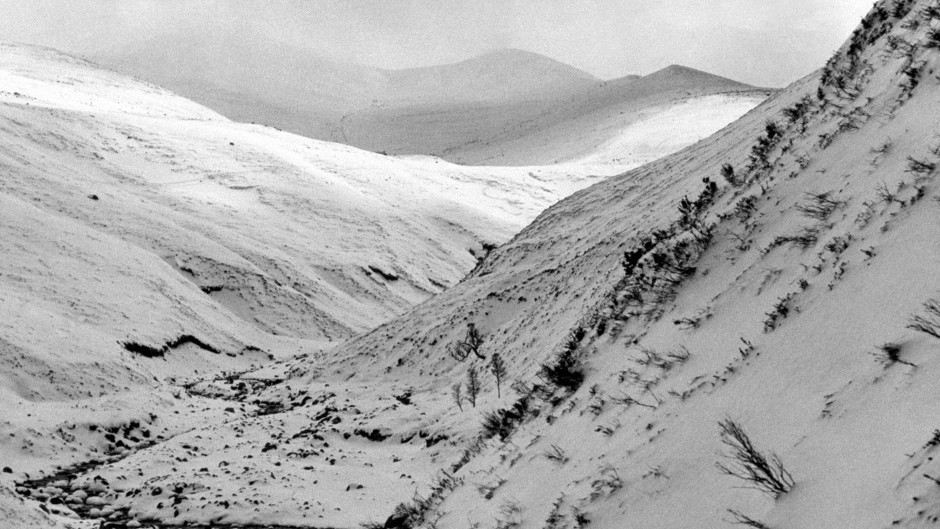The Mountaineering Council of Scotland (MCoS) has advised runners taking to the hills in winter that they run a series of risks, including hypothermia
Heather Morning, mountain safety advisor for the MCoS, said: “Fell running can take people into some unforgiving terrain and weather conditions and they really do need to be properly prepared for their own safety.
“Hypothermia is a real danger for those too lightly clad to withstand a change in the weather or inactivity brought about by injury or getting lost or benighted.”
The body teamed up with Giles Trussell, an elite mountain marathon runner and instructor at Glenmore Lodge, to create a checklist of tips for would-be fell runners yesterday.
Mr Trussell said: “Heading out solo or in a group you need to minimise the risks associated with running in exposed, mountainous areas both in summer and winter.
“Weather conditions and visibility can change quickly, so check the forecast and plan your clothing and kit for the worst case of having to sit and wait if injured.
“Plan your route in advance, including possible short cuts, and let someone know where and how long you will be. Give extra consideration to water crossings, ascents and descents if very wet, icy or snowy.
“Carry a map of your intended route area, including escape routes, a compass, whistle, a lightweight bivi bag and basic first aid kit. If on a long run – ie over two hours – have a strategy for fluid and energy replacement.
“Equipment needs to be adapted for each and every run. Shorts and T-shirts are not enough. A bum bag or runner’s sac are great for carrying the extras.
“Take waterproof top and trousers (windproof on dry days), a hat and gloves with you.”
